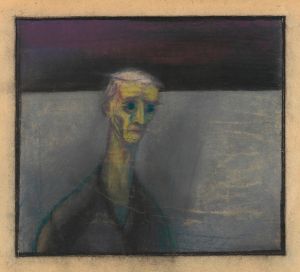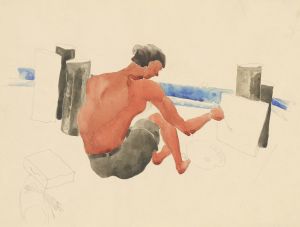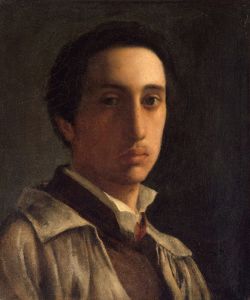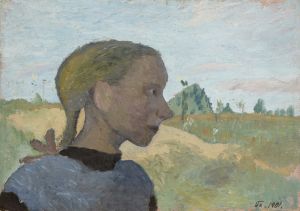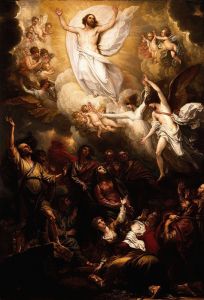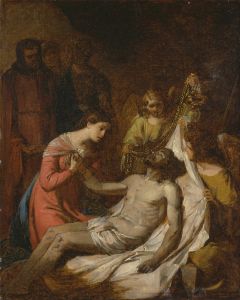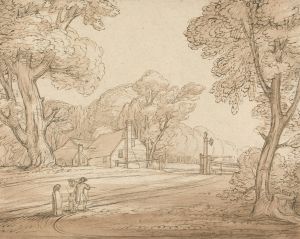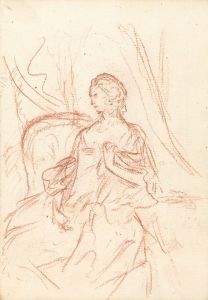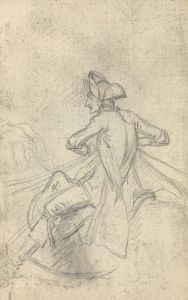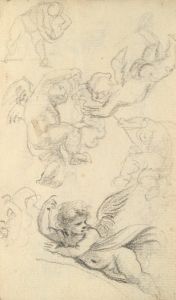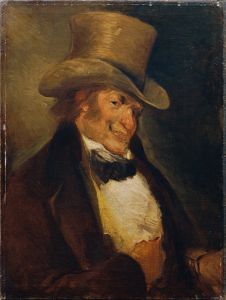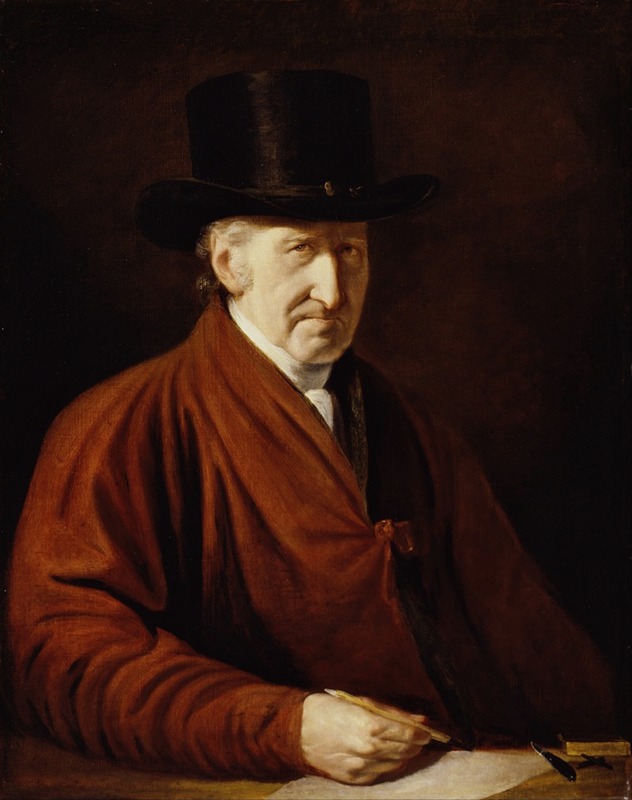
Self-Portrait
A hand-painted replica of Benjamin West’s masterpiece Self-Portrait, meticulously crafted by professional artists to capture the true essence of the original. Each piece is created with museum-quality canvas and rare mineral pigments, carefully painted by experienced artists with delicate brushstrokes and rich, layered colors to perfectly recreate the texture of the original artwork. Unlike machine-printed reproductions, this hand-painted version brings the painting to life, infused with the artist’s emotions and skill in every stroke. Whether for personal collection or home decoration, it instantly elevates the artistic atmosphere of any space.
Benjamin West (1738–1820) was an American-born artist who gained significant recognition in Europe, particularly in Britain, where he became the second president of the Royal Academy. Known for his historical paintings, West played a pivotal role in the development of neoclassical art. Among his various works, his self-portraits provide insight into his self-perception and artistic style.
The "Self-Portrait" by Benjamin West is an oil painting that reflects the artist's mature style and his position within the art world of his time. Although specific details about the exact date of this self-portrait are not widely documented, it is generally understood to have been created during his later years, when West was an established figure in the British art scene.
In this self-portrait, West presents himself with a calm and composed demeanor, typical of the neoclassical style that emphasizes clarity, order, and balance. His attire is formal, reflecting his status and the respect he commanded as a leading artist of his era. The background is often understated, focusing attention on West's face and expression, which convey a sense of introspection and confidence.
West's self-portraits are significant not only as representations of his physical appearance but also as expressions of his identity as an artist. They demonstrate his mastery of technique and his understanding of the role of the artist in society. By painting himself, West aligns himself with the tradition of self-portraiture that includes artists like Rembrandt and Van Dyck, who used the genre to explore themes of identity and self-reflection.
Throughout his career, West was known for his ability to blend American and European artistic traditions. His self-portraits, like his other works, exhibit a blend of realism and idealism, capturing both the likeness and the character of the subject. This approach reflects the broader trends in art during the late 18th and early 19th centuries, where there was a shift towards more personal and expressive forms of portraiture.
West's influence extended beyond his paintings; he was a mentor to many young artists and played a crucial role in the establishment of the Royal Academy in London. His self-portraits, therefore, can also be seen as a testament to his legacy and his contribution to the art world. They serve as a reminder of his impact on the development of art in both America and Europe.
In summary, Benjamin West's "Self-Portrait" is a significant work that encapsulates his artistic style and his role as a prominent figure in the art world. It reflects his mastery of portraiture and his ability to convey both the physical and psychological aspects of his subjects. As a self-representation, it offers valuable insight into West's self-perception and his enduring legacy as a pioneering artist.






